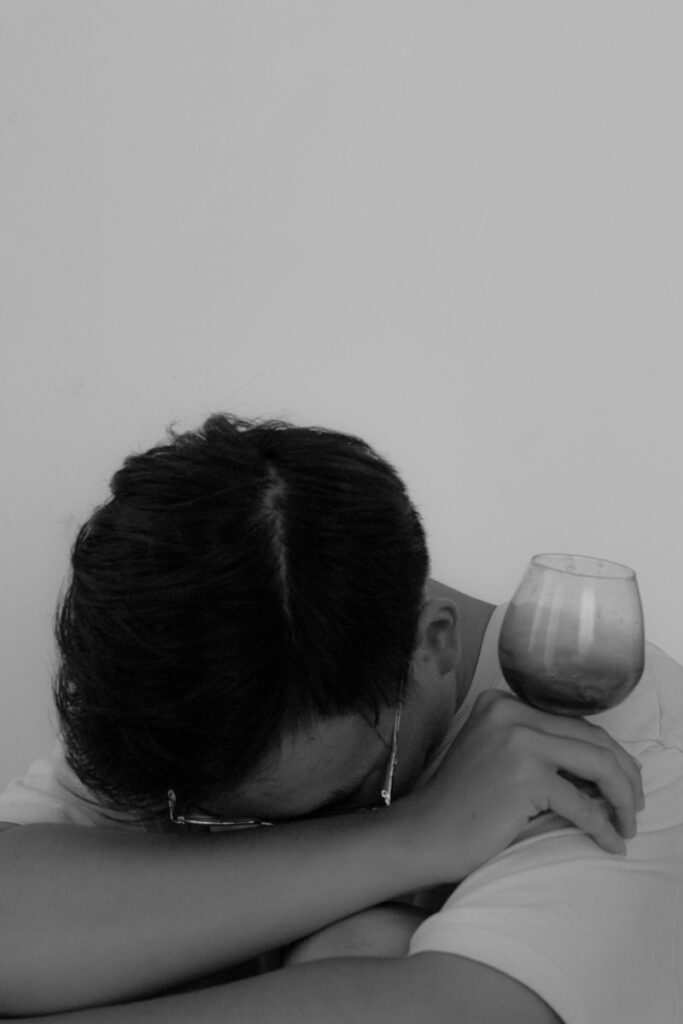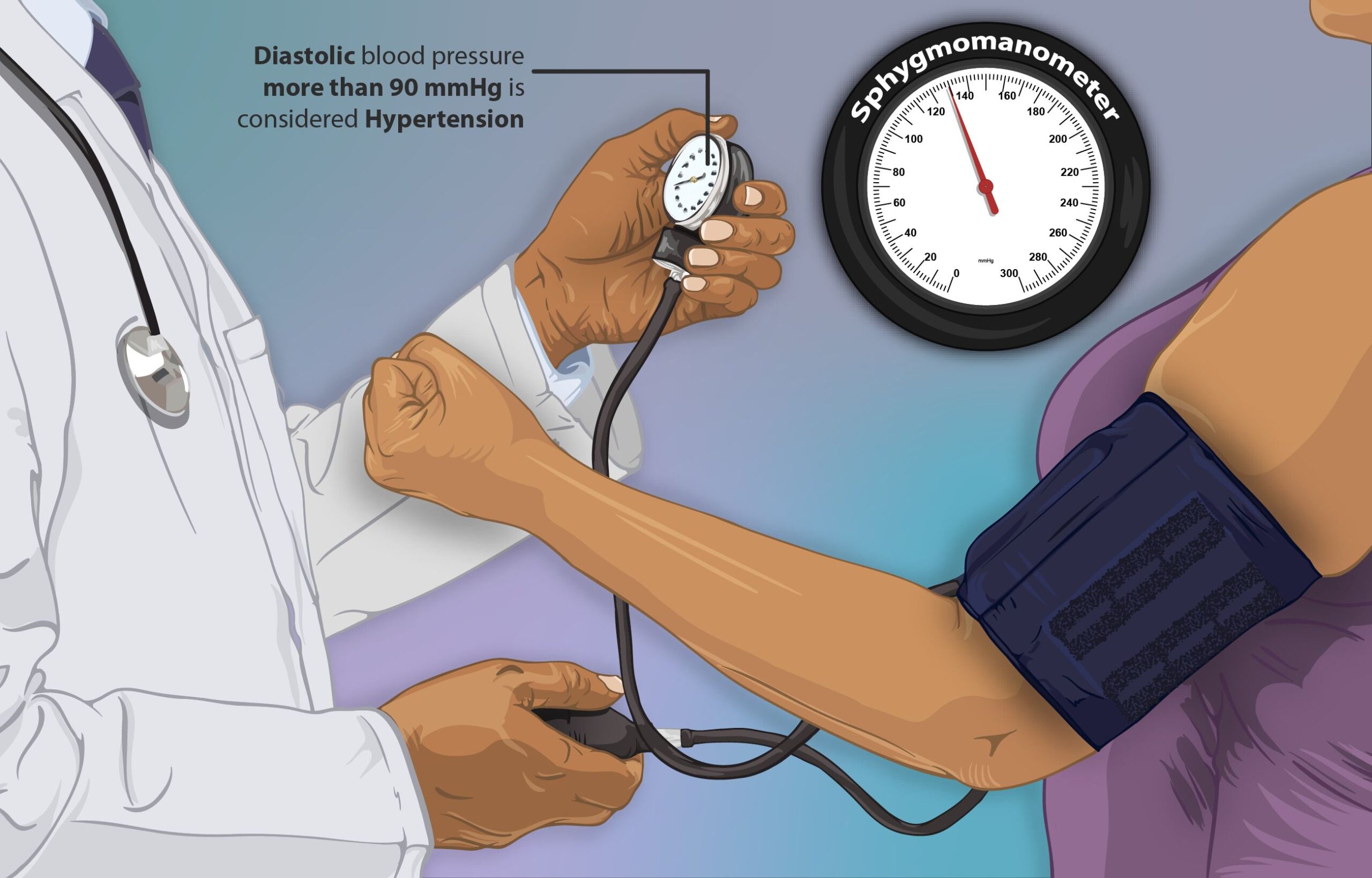
The landscape of American drinking habits is undergoing a seismic shift, with profound implications for public health and industry alike. A new Gallup poll, conducted from July 7-21, reveals that the nation is, quite literally, drying out. Fewer adults report consuming alcohol than at any point in nearly nine decades of tracking. This dramatic downturn isn’t just a statistical blip; it reflects a deeper societal reckoning with alcohol’s perceived health impacts, driven by evolving scientific understanding and a new wave of public awareness.
For generations, many Americans held a nuanced, often positive, view of moderate alcohol consumption. Some even believed in its potential cardiovascular benefits. This perception was often reinforced by past, imperfect studies that couldn’t definitively prove cause and effect. However, this long-standing idea is rapidly eroding in the face of mounting evidence. Today, a clear majority of U.S. adults for the first time believe that even a daily glass or two poses significant health risks. This fundamental change in perspective directly underpins the current, accelerating decline in drinking rates across the country.
This in-depth analysis will dissect the latest Gallup findings, alongside corroborating data and expert insights. It aims to provide a clear, data-driven understanding of who is drinking less, why beliefs are changing so rapidly, and what this pivotal moment means for the future of alcohol in American society. We will examine the key demographic shifts that are shaping this trend, the influence of a shifting scientific consensus, and the impending policy discussions that are set to redefine the nation’s relationship with alcohol.
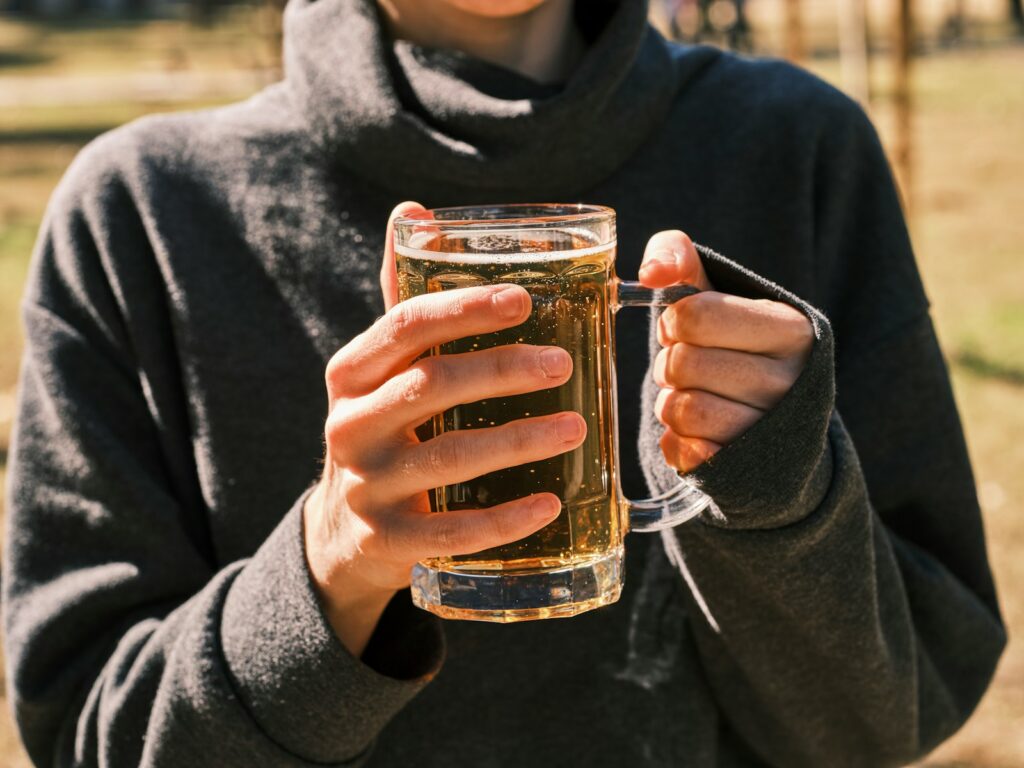
1. **A Historic Low in Alcohol Consumption**: America’s relationship with alcohol has reached a historic inflection point, marked by a significant and unprecedented decline in self-reported consumption. The latest Gallup poll reveals that a mere **54% of U.S. adults now say they consume alcohol**, representing the lowest percentage recorded in Gallup’s nearly 90-year history of tracking this trend. This figure serves as a stark contrast to patterns observed over many decades.
For most of the last few decades, and consistently from 1997 to 2023, at least 60% of Americans reported drinking alcohol. The current 54% represents a notable drop even from recent years, falling from 62% in 2023 and 58% in 2024. Prior to this, the rate had fallen below 60% fewer than 10 times in Gallup’s extensive history, including the initial 1939 poll (58%) and a one-time low of 55% in 1958. This consistent downward trajectory, unlike previous minor dips, suggests a more profound and sustained shift in national habits.
**Why it matters**: This record-low figure is not just a statistical curiosity; it signals a fundamental change in America’s social fabric and public health landscape. A widespread reduction in alcohol consumption could lead to significant long-term health benefits, potentially lowering rates of alcohol-related illnesses and deaths, which notably more than doubled between 1999 and 2020. This shift also presents a substantial challenge for the alcohol industry, which has historically relied on consistent or increasing consumption rates. The “drying out” trend reflects a broader cultural recalibration, moving away from past norms where alcohol was often an unquestioned part of daily life for many.
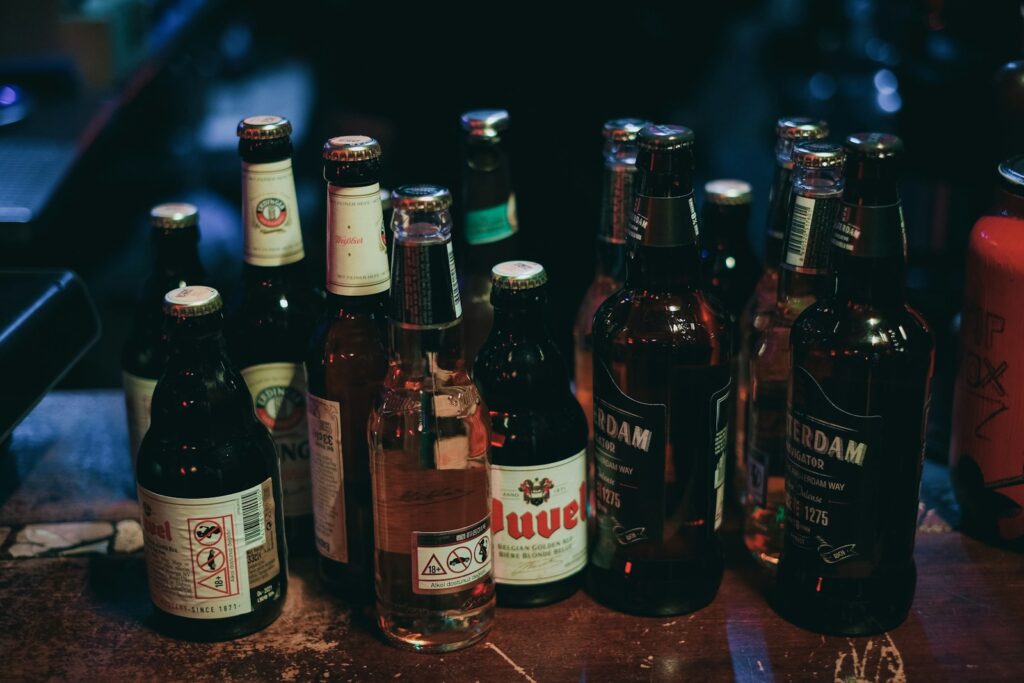
2. **The Rise of Health Concerns Over Moderate Drinking**: Underlying this dramatic drop in consumption is a profound and rapidly evolving change in how Americans view alcohol’s health implications. For the first time in Gallup’s trend tracking views on moderate drinking since 2001, a clear majority of Americans—specifically **53%—now say that drinking in moderation, defined as “one or two drinks a day,” is bad for one’s health**. This marks a watershed moment in public perception.
This prevailing sentiment is a sharp reversal from just a few years ago. As recently as 2018, only 28% of respondents held this belief, and that number climbed to 39% in 2023, reaching 45% just a year ago. By contrast, from 2001 through 2011, the percentage who saw moderate drinking as harmful hovered near 25%, a figure roughly equal to those who considered it beneficial. Today, a mere 6% believe moderate drinking is good for one’s health, dramatically underscoring the shift in collective understanding.
**Why it matters**: This significant shift in belief is critical because it directly influences behavior. When a majority of the population perceives even moderate consumption as harmful, it creates a powerful societal impetus for reduction. This growing skepticism about alcohol’s benefits is aligning public opinion with the latest scientific consensus, which increasingly points to the health risks associated with *any* level of alcohol intake. This awareness is a crucial step towards a healthier national lifestyle and empowers individuals to make more informed choices about their well-being.
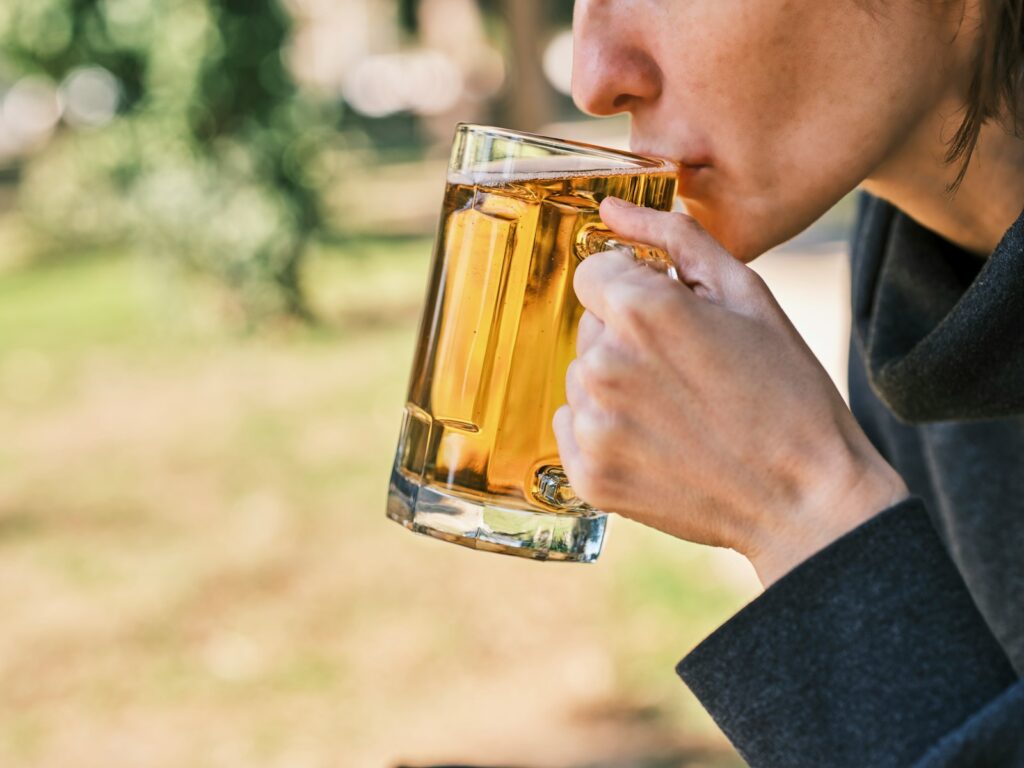
3. **An Unprecedented Streak of Declining Rates**: The recent multi-year fall in Americans’ reported drinking is not merely a single-year anomaly but an unprecedented, sustained trend in Gallup’s nearly 90-year history. The consecutive declines witnessed over the past few years are unmatched in the survey’s extensive trend data, signaling a deep-seated and persistent shift in national habits rather than a temporary fluctuation.
The trajectory is particularly compelling when examining the figures from recent years. The percentage of Americans consuming alcohol fell from 62% in 2023 to 58% in 2024, and now further to the current low of 54% in 2025. This consistent downward movement directly coincides with a growing body of recent research and public health messaging indicating that *any level of alcohol consumption may negatively affect health*. This represents a sharp reversal from previous recommendations, which sometimes suggested that moderate drinking, particularly wine, could offer protective benefits, especially for heart health.
**Why it matters**: The sustained nature of this decline suggests more than just fleeting trends. It points to a profound re-evaluation of alcohol’s role in daily life. This “unmatched” sequence of decreasing consumption indicates that the message about alcohol’s health risks is penetrating deeply and consistently across the population. It creates a domino effect: as more people reduce their intake, new social norms around sobriety or mindful drinking gain traction. This reinforces the downward trend and potentially leads to a healthier long-term outlook for the nation.

4. **Young Adults Leading the Charge in Abstinence**: Young adults have consistently been at the vanguard of cultural shifts, and their relationship with alcohol is no exception. While this demographic already showed a tendency to drink less over the past decade, that trend has not only continued but has dramatically accelerated in recent years. The rate of young adults aged 18 to 34 reporting alcohol consumption has plummeted from 59% in 2023 to just **50% today**.
This accelerated decline is particularly striking. It positions young adults’ drinking rate now *below* that of middle-aged and older adults. This marks a significant reversal from Gallup’s findings two decades ago, when young adults were actually the most likely age group to report drinking. Consistently, this younger generation has also been the most receptive to the message that alcohol is detrimental to health, with about **two-thirds of 18- to 34-year-old believing moderate drinking is unhealthy**, a surge from about four in ten in 2015. They have effectively grown up in an environment where health warnings about alcohol are more prevalent, making them quicker to absorb and act on this information.
**Why it matters**: The choices of young adults often foreshadow broader societal changes. Their leading role in reducing alcohol consumption and adopting healthier perspectives suggests a future where sobriety or mindful drinking could become more mainstream. This trend also implies that public health campaigns targeting younger demographics, perhaps with more direct and accessible messaging, are proving highly effective. It presents a unique opportunity to embed healthier habits into a new generation, potentially preventing the high rates of alcohol-related illnesses seen in previous cohorts.
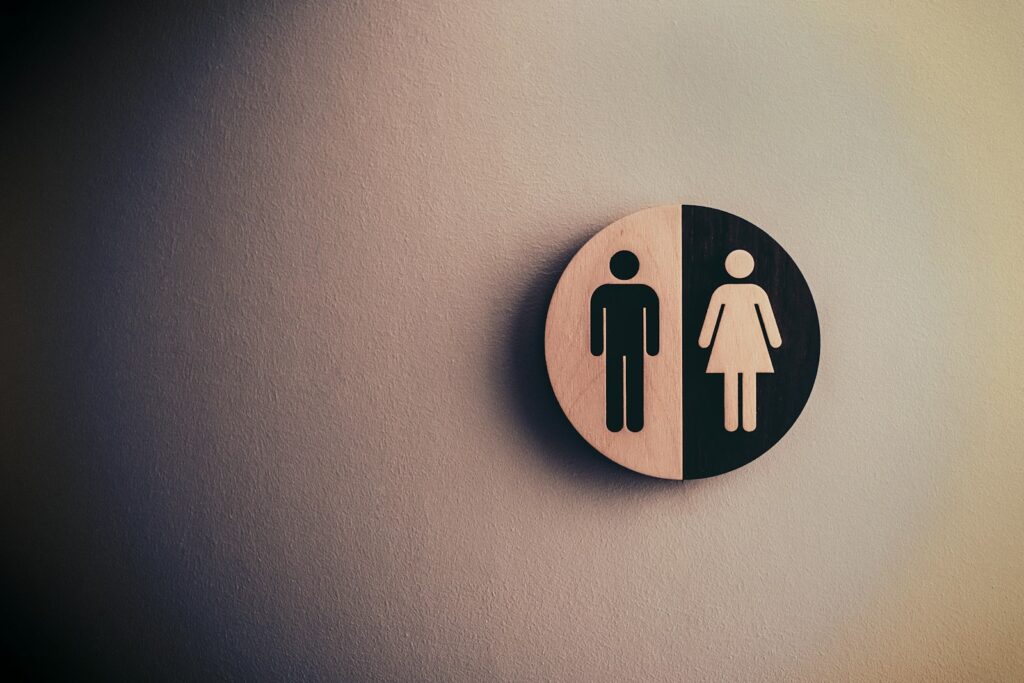
5. **Gendered Differences in Declining Alcohol Consumption**: The widespread reduction in alcohol consumption across America is not uniform, revealing distinct gender disparities in how rapidly different groups are cutting back. Using the 2023 overall drinking rate of 62% as a baseline, the decline in reported drinking has been significantly more pronounced among women compared to men. Women’s reported alcohol consumption has fallen by a substantial **11 percentage points since 2023, dropping to 51%**.
In contrast, men have seen a smaller, though still notable, decline of five percentage points over the same period, settling at 57%. This stark difference indicates a more rapid and widespread adoption of reduced drinking habits among women. While both genders are participating in the overall trend, women are also more likely than men to view moderate drinking as unhealthy, with **60% of women versus 47% of men** espousing this view. This heightened concern may be contributing to their more pronounced reduction in consumption.
**Why it matters**: These gendered trends highlight that public health messaging and changing social norms may be resonating differently across demographic lines. Understanding these disparities is crucial for crafting more targeted and effective interventions. The more rapid decline among women could have significant public health benefits, given that even moderate drinking has been linked to increased health risks for women, including certain cancers. This also signals a potential shift in social expectations and roles related to alcohol consumption within different gender groups.
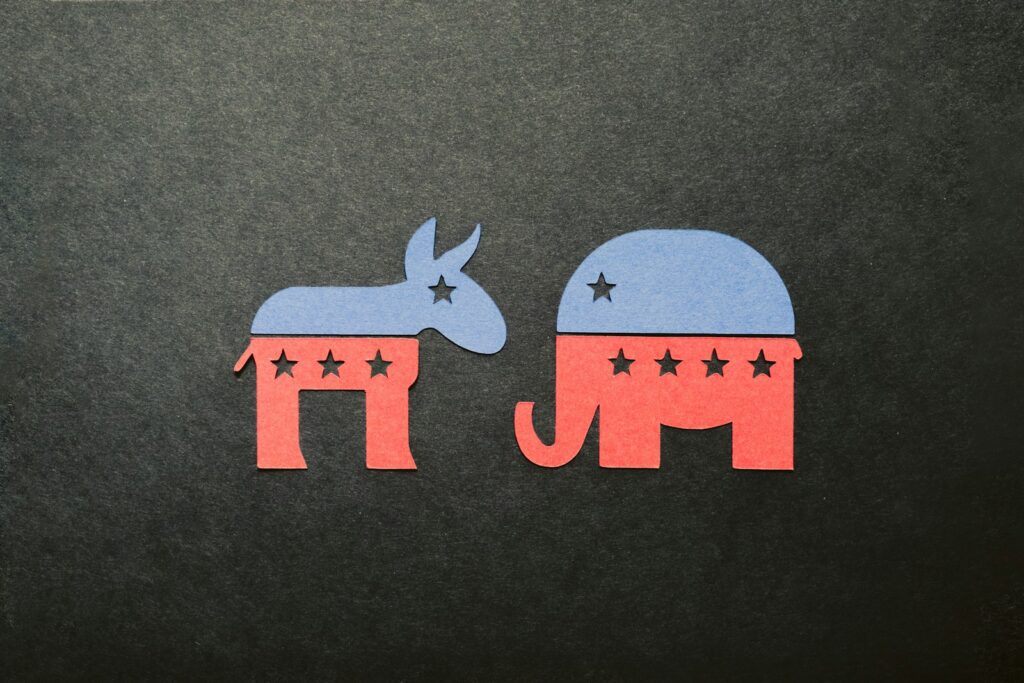
6. **An Emerging Partisan Divide in Drinking Habits**: For many decades, there was little discernible difference in alcohol consumption percentages between individuals identifying with different political parties. However, this long-standing consistency has remarkably shifted over the past two years, introducing a new dimension to America’s changing drinking landscape. The latest poll reveals a sharp and significant drop in reported drinking among Republicans.
Specifically, the rate of Republicans who say they consume alcohol has fallen by a substantial **19 percentage points since 2023, plummeting from 65% to 46%**. Conversely, Democrats have maintained a relatively steady drinking rate during the same period, holding firm at 61%. This emerging partisan gap in alcohol consumption is a novel development in Gallup’s comprehensive tracking, adding another layer of complexity to understanding who is embracing the shift away from alcohol and why.
**Why it matters**: The sudden appearance of a partisan split in drinking habits warrants close attention. It suggests that factors beyond individual health concerns, perhaps related to broader cultural narratives, media consumption, or specific public figures’ influence, may be at play. For policymakers and public health communicators, recognizing this divide is essential. Tailoring messages to resonate with specific political affiliations could become a critical strategy for reinforcing healthy behaviors. This ensures that health-conscious trends are broadly adopted across the entire population, regardless of political leanings.
7. **Less Frequency, Fewer Drinks**: While the overall number of Americans who drink has fallen, those who continue to imbibe are also significantly scaling back their consumption. This translates into both reduced frequency and a lower average number of drinks per week. A record-low **24% of drinkers now report having had a drink in the past 24 hours**, a stark contrast to previous patterns, while **40% indicate it has been more than a week since their last alcoholic beverage**, marking the highest such percentage since 2000.
This behavior change is reflected in the average weekly intake. Across all drinkers, including those who haven’t consumed alcohol recently, the average number of drinks over the past seven days stands at **2.8**, the lowest figure recorded by Gallup since 1996. This marks a notable drop from **3.8 drinks just a year ago**, and is significantly lower than the approximate **4.0 drinks** averaged in the seven years prior. These figures suggest a deliberate and widespread reduction in drinking volume, even among those who haven’t fully abstained.
**Why it matters**: This dual-layered reduction – fewer people drinking, and drinkers drinking less – represents a powerful positive feedback loop for public health. It suggests that the message about alcohol’s risks is not only deterring new drinkers but also influencing the habits of existing ones. This trend, if sustained, could lead to a substantial decrease in alcohol-related harm, from chronic diseases to acute incidents, thereby alleviating pressure on healthcare systems and improving overall population health.

8. **The Perceived Health Link**: The correlation between growing health concerns and reduced alcohol consumption is direct and undeniable, serving as a primary driver of the current “drying out” trend. Even among those who still consume alcohol, the belief that moderate drinking is detrimental to health significantly influences their drinking patterns. Adults who perceive moderate drinking as unhealthy are just as likely to report drinking alcohol as those who don’t harbor such concerns (55% vs. 54%, respectively).
However, the crucial difference lies in their recent consumption behavior. Only about **half of those concerned about health risks (49%) say they have had a drink within the past seven days**, compared with a much higher **69% of those who do not share these health concerns**. Furthermore, among those who did drink in the past week, the group concerned about health reported consuming fewer drinks on average (**4.5 drinks**) than the non-concerned group (**6.4 drinks**).
**Why it matters**: This clear link underscores the effectiveness of public health messaging in shaping individual choices. When the scientific consensus on alcohol’s risks reaches the public consciousness, it translates into tangible behavioral changes, even among those who haven’t fully abstained. This insight is vital for future public health campaigns, indicating that emphasizing the health risks of *any* alcohol consumption is a powerful motivator for reduction.
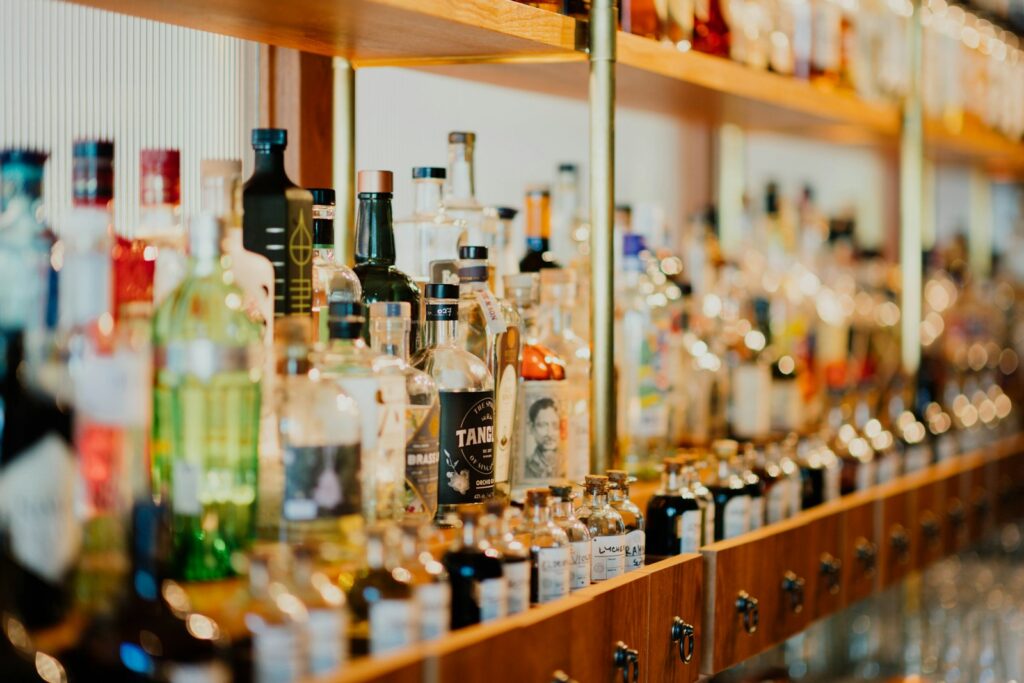
9. **Drink of Choice**: While the overall quantity and frequency of alcohol consumption are changing, patterns in preferred alcoholic beverages also show distinct trends, with persistent gender gaps. Beer continues to hold the top spot as the most frequently consumed alcoholic beverage among U.S. drinkers, surpassing both liquor (30%) and wine (29%). This preference for beer has been broadly consistent over the past six years, during which liquor has roughly matched wine in popularity, a shift from before 2019 when liquor consistently ranked last.
However, preferred beverage choices differ sharply by gender. Men are significantly more likely than women to prefer beer, with **52% of men opting for it compared to just 23% of women**. Conversely, women show a much stronger preference for wine, with **44% choosing it versus only 14% of men**. Liquor sees more balanced preferences, chosen by 29% of men and 32% of women. Modest age differences exist, with younger and middle-aged adults more inclined towards beer, while young adults are the least likely to favor wine.
**Why it matters**: Understanding these preferences is critical for both public health strategists and the alcohol industry. For public health, it allows for targeted messaging about the specific health risks associated with different types of alcohol, or for campaigns that emphasize non-alcoholic alternatives. For the industry, these shifts dictate production and marketing strategies, highlighting the need to adapt to changing consumer tastes and the growing sober-curious movement, which may impact categories like beer and wine disproportionately.
As the data continues to solidify and the scientific consensus becomes ever clearer, America stands at the precipice of a significant cultural shift. The notion of alcohol as an indispensable part of daily life or a benign health tonic is steadily eroding, replaced by a growing awareness of its pervasive risks. This transformation, driven by a new generation and informed by robust scientific findings, holds immense promise for improving the nation’s well-being and reshaping its relationship with drink for decades to come. The groundwork has been laid; the path forward now depends on how consistently and courageously the message of health is championed.

